This isn’t a SHOT 2024 article, but it was certainly inspired by SHOT 2024. It’s April, after all. But, for what seems like almost the eighth year in a row, we’ve seen a glut of new pistol-caliber carbines. S&W introduced three if you count the S&W 1854 lever-action rifle. Daniel Defense introduced an incredibly expensive 9mm straight blowback gun. Hi-Point brought back the original 1995 PCC for a limited run. Oh, and there were three modernized Thompson-style guns that were an odd trend. Pistol-caliber carbines keep growing in popularity.
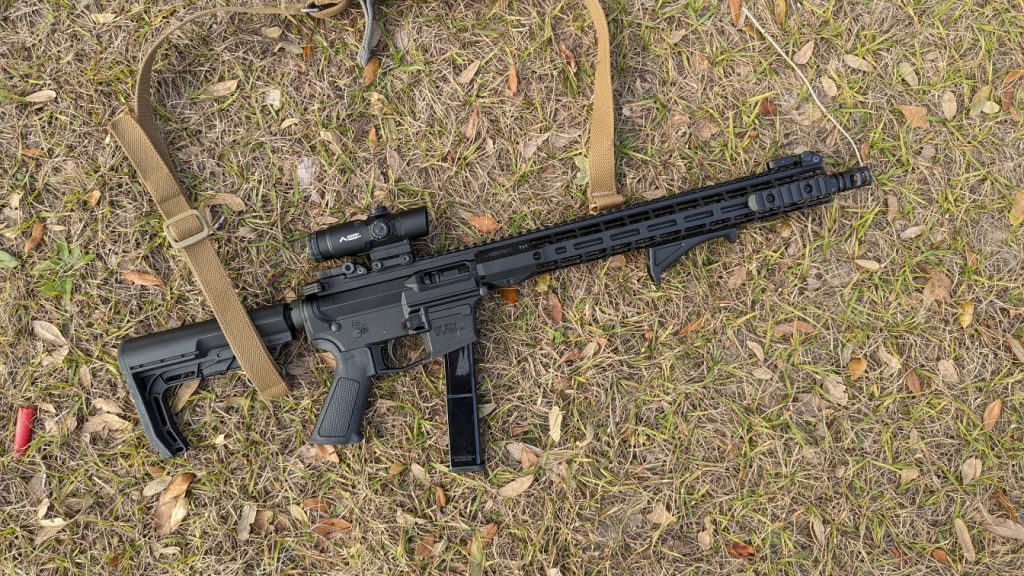
It’s an odd trend, and I somewhat expected it to die out eventually, but here we are in 2024, awash in PCCs. If you’re not clear on what a PCC is, let’s break it down. PCC stands for pistol caliber carbine. They refer to rifles that utilize pistol caliber cartridges fired from rifle-length 16-inch barrels. They can feed from proprietary magazines, but using common pistol magazines, especially Glock magazines, is the more popular route.
I like pistol-caliber carbines. I have quite a few, and I enjoy shooting them. However, they tend to be a bit silly.
The Dividing Line Between PCC and Subgun
To be clear, when I say pistol caliber carbine, I mean the great big guns with 16-inch barrels. I don’t necessarily mean large-format pistols or SBRs. Guns like the APC9, the pistol variants of the CZ Scorpion, or the CMMG Banshee series are a bit different than standard PCCs. These guns have a few benefits tied to their small size and ability to take shots far outside pistol ranges.
I think a line should also be drawn between your average PCC and something like the aforementioned S&W 1854. Big-bore revolver rounds gain some steam through rifles, and rifles tend to offer excellent control and recoil mitigation for these big-bore rounds.
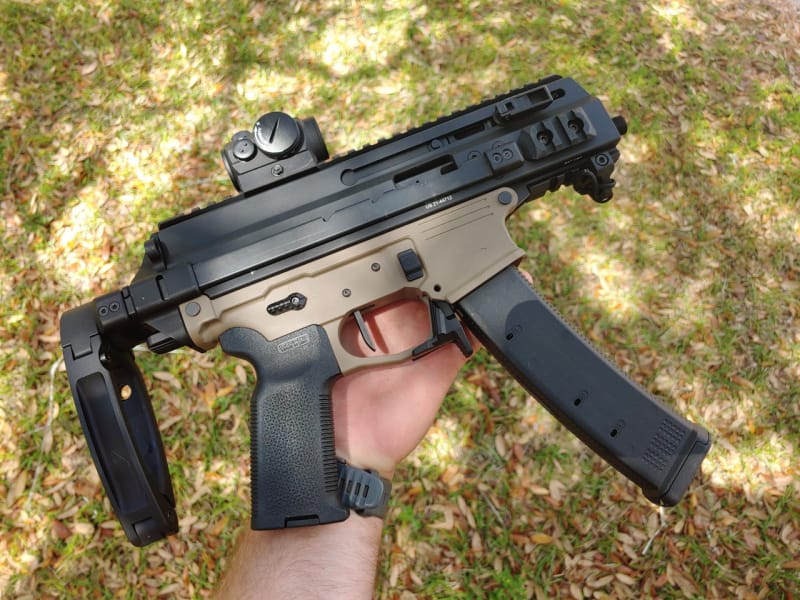
When talking about the silly nature of PCCs, I’m referring to platforms that fire the most common 9mm, .40 S&W, .45 ACP, and other common handgun cartridges.
I also tend to refer to them as “silly” for the purposes of self-defense—not useless, but a bit silly. Arguably, PCCs can be fun guns; they can be plinkers and competitive guns. You can’t compete in a PCC competition without a PCC, right? I even like my particular CMMG Resolute as a training rifle for new shooters.
Why Are They Silly?
I don’t care that they are silly, and I won’t crap on someone’s choice of firearm. I own plenty of pistol-caliber carbines. That doesn’t mean they aren’t a little silly. We have this great big rifle with a 16-inch barrel firing a pistol cartridge. A pistol cartridge is not exactly known for its capability as a rifle cartridge.
Rifles tend to be the platform of choice for reaching out to 300 yards and beyond. Your 9mm PCC is going to be losing a lot of steam at 100 yards, so 300 yards isn’t within its reach. Second, pistol-caliber rounds fired from a rifle still behave like pistol-caliber rounds. Sure, they get a boost in velocity from a longer barrel, but it’s not enough to justify the 16-inch barrel.
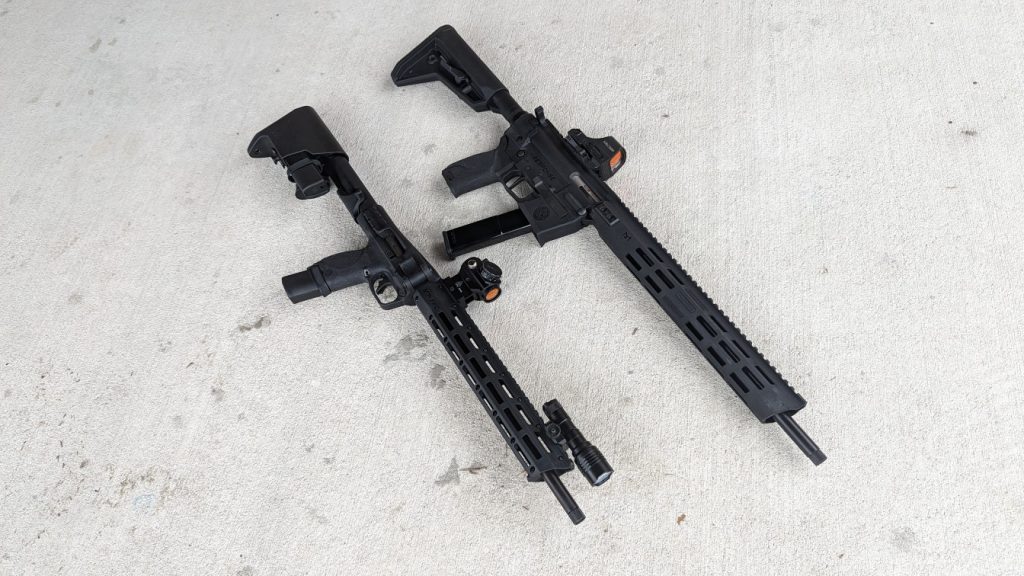
That extra velocity doesn’t translate much into the world of range and penetration. When a round is fired from a PCC against a soft target, it still behaves as a pistol caliber. The round only directly damages what’s right in front of it. With a rifle round, like 5.56, the massive amount of velocity ensures secondary wounding characteristics. The round can even tumble and potentially break apart, causing even more damage inside a person.
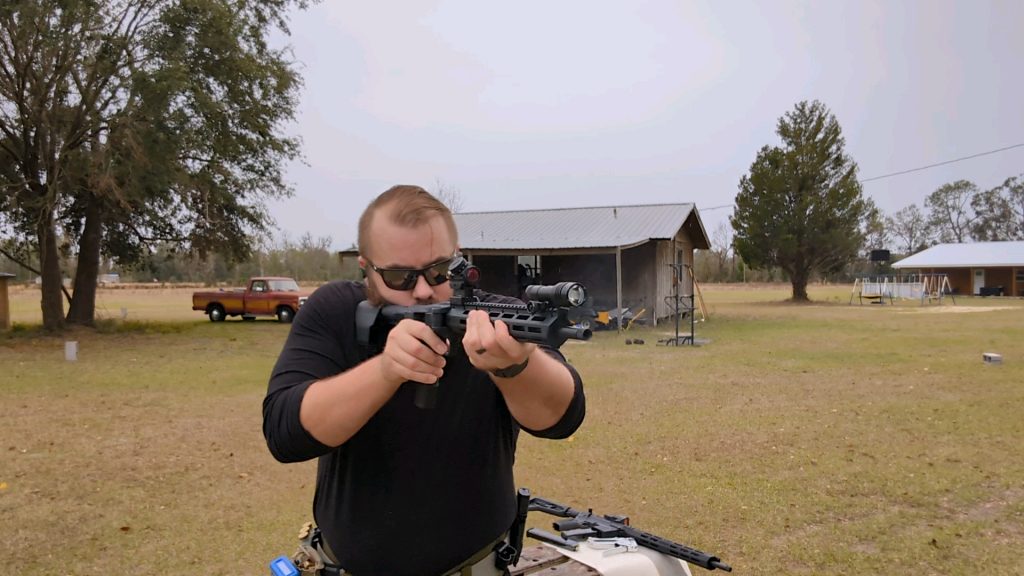
A pistol round isn’t going to do that. At most, you can expect it to expand if you are using a JHP. That extra velocity can cause your JHP to expand too soon, meaning it’s not making it to the necessary depth to strike the vitals, creating a situation where your PCC is less effective than your defensive handgun ballistically. This, however, isn’t always the case, and we saw Speer release the PCC-specific cartridge for 9mm carbines.
But Recoil!
In theory, a 9mm PCC can be a very low-recoiling firearm. It’s heavier than a handgun and easier to control, for sure. However, is it easier to control than a 5.56 rifle? In most cases, no; they tend to be fairly even. The difference is that the 5.56 rifle fires the much more effective 5.56 round. Many PCCs have the same recoil as a 5.56 rifle due to the straight blowback design.
The vast majority of PCCs, like the CZ Scorpion carbine, the Aero Precision EPC, the various PSA PCCs, and even the very expensive Daniel Defense PCC, use straight blowback designs. The unlocked breech design requires a hefty bolt and spring to keep the breech closed long enough for the bullet to leave the barrel and for pressure to drop. This creates excessive recoil, making the little 9mm recoil much like the 5.56.
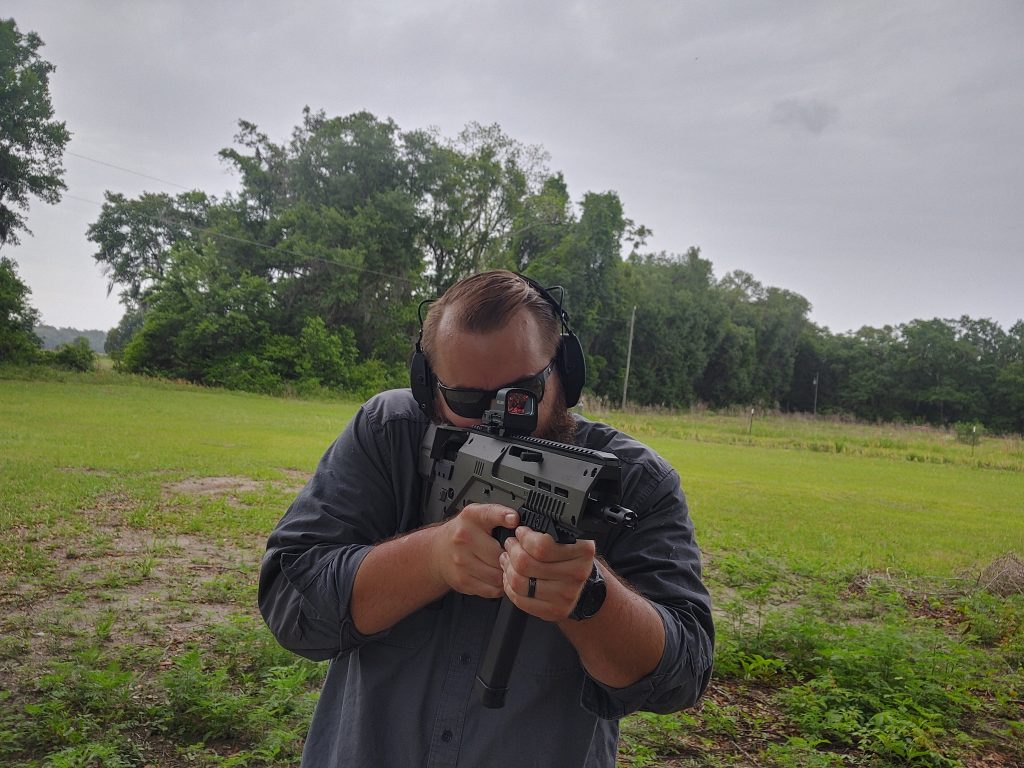
That’s not to say all PCCs use the straight blowback design. The CMMG series uses a radial delayed design that does wonders to produce very light recoil. The SIG MPX and its short-stroke gas piston system also do wonders in reducing recoil. In these cases, the 9mm PCCs offer a lot less recoil than a 5.56 rifle. They can create a controllable platform, but it would still be dramatically inferior to the 5.56 rifle.
If you’re looking for a very low-recoil defensive firearm, I’d be more prone to suggest an SBR or braced pistol in the CMMG or SIG MPX format. At least in this case, you’d have the benefits of a very small firearm.
They Have to Have Some Advantages!
Of course, everything has some advantage or edge. Pistol-caliber carbines tend to be very easy to suppress. A box of 230-grain 45 ACP or 147-grain 9mm is a lot cheaper than a box of subsonic .300 Blackout. It’s also more common on average, and PCCs tend to be pretty comfy when suppressed. With that said, the same advantage stretches to subguns and SBRs, and they tend to be shorter and easier to manage.
The ammo is cheap. Pistol rounds are still cheaper than rifle rounds, and in a pistol caliber carbine, they tend to be easier to shoot and control than a handgun. PCCs extend your effective range to 50 yards for even amateur shooters.
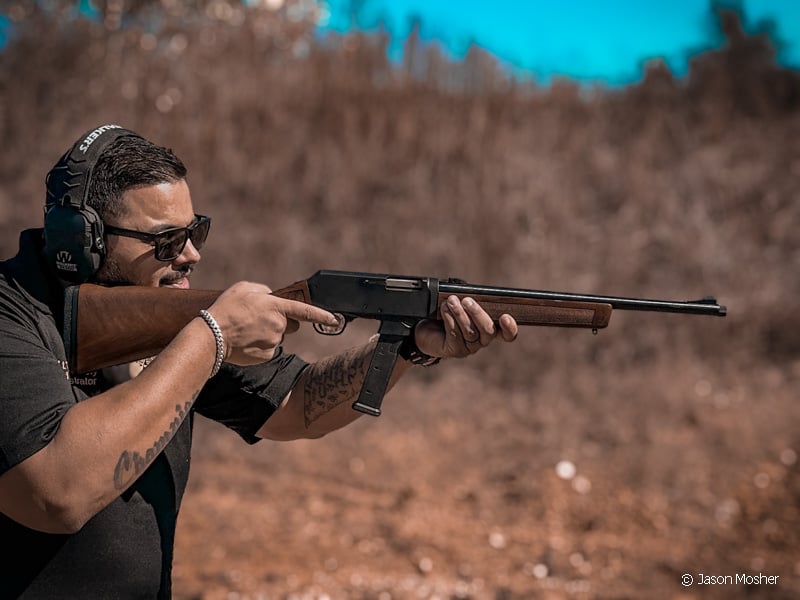
As always, be smart, research your weapon and caliber, and try to find the best setup that works for you. It might be a PCC or a 5.56 caliber rifle. The fool bickers online, and the wise man hits the range.

